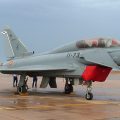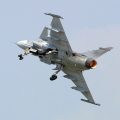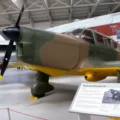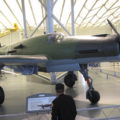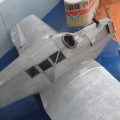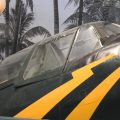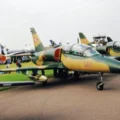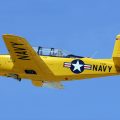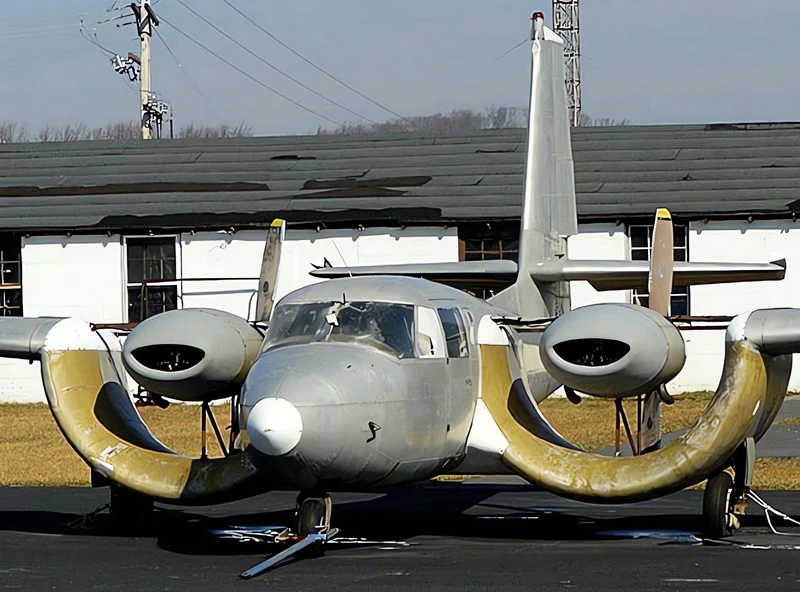
Custer CCW-5 | |
|---|---|
| 国 | 米国 |
| 役割 | 5人掛けの軽輸送 |
| 初飛行 | 1953年7月13日 |
| 構築 | 2 |
ザ カスター CCW-5 was a twin-engined, 5-seat aircraft of pusher configuration, which used a channel wing claimed to enable low speed flight and short take-offs. Two CCW-5s flew, eleven years apart, but the type never entered production. The aircraft was the third and last of a series of Custer Channel Wing designs.
ソース: ウィキペディアのカスター CCW-5
| Custer Channel Wing CCW-5 STOL Walk Around | |
|---|---|
| Photographer | Bill Maloney |
| Localisation | Unknow |
| Photos | 19 |
関連項目:
ザ カスター CCW-5 is an experimental aircraft designed by Willard Custer in the 1950s. It features a unique channel wing configuration that allows it to take off and land at very low speeds. The channel wing consists of a semi-circular duct that encloses the propeller and creates a venturi effect, increasing the lift and thrust of the aircraft. The Custer CCW-5 was intended to be a versatile and economical aircraft that could be used for various purposes, such as personal transport, agricultural spraying, military operations, and emergency rescue. However, the project faced many technical and financial difficulties, and only two prototypes were built and tested. The Custer CCW-5 never entered production or received certification from the Federal Aviation Administration (FAA). The aircraft is currently on display at the Mid-Atlantic Air Museum in Reading, Pennsylvania.
景色 : 1499




